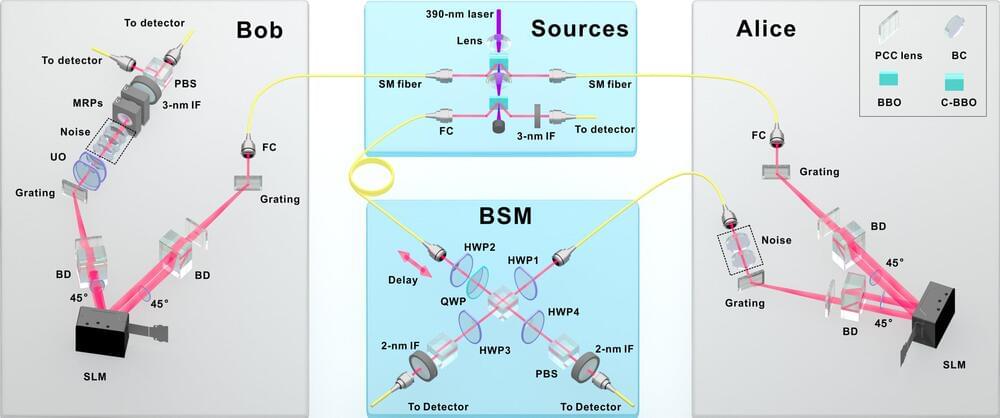UK startup is set to develop innovative waterless hydro energy storage system, addressing limitations of traditional hydro power.
Get the latest international news and world events from around the world.

The Moon Turned Itself Inside Out, Scientists Confirm
Small Bang Scientists seem to have figured out why the Moon is made up of such weird and heavy rocks: way back in the day, it turned itself inside out.
For decades now, scientists have pretty much agreed that the Moon formed from debris that flew off the young Earth when another planet smashed into it about 4.5 billion years. That cosmic wreckage “coalesced, cooled and solidified” to form the Moon as we know it today, researchers from the University of Arizona’s Lunar and Planetary Laboratory wrote in a press release — but what happened next is something of a “choose-your-own adventure,” as the scientists describe it.
In a new paper published in the journal Nature Geoscience, the LPL researchers found that the surprisingly high concentration of titanium found in Moon rocks, such as those brought back during the Apollo mission in the 1970s, could be the result of heavy minerals like ilmenite, which is rich in both titanium and iron, initially sinking to the core and then rising back up to the surface.



New Scientific Data Shows That Dark Matter Is Even Stranger Than We Thought
Recently more careful examination of the structure of the universe has thrown up fresh reasons to doubt cold dark matter. Its concept may work well at the largest scales, but on the scale of individual galaxies, something seems incomplete.
According to the cold dark matter model, dark matter sub-halos of all sizes, right down to Earth-scale masses, should exist. This would be a lot of invisible cannonballs to be floating around the Milky Way and interacting with star streams, yet hardly any evidence has been found, besides in 2018, when Adrian Price-Whelan and Ana Bonaca found that one particular star stream, better known as GD-1, has gaps along its length, as if it has been hit multiple times.
Another more recent doubt about the cold matter concept is that simulations show halos should get denser towards the center of the galaxy: the closer you get to the center, the more dark matter per unit volume should be. However, when astronomers look at the way galaxies move, this isn’t what they see: the dark matter appears evenly distributed across the halo of our galaxy, especially in the core regions. Which could be a hint that something more complex is going on.
A Remarkable New Thruster Could Achieve Escape Velocity—and Interplanetary Travel
Scientists are on the brink of a propulsion breakthrough.

How the US is preparing for a potential bird flu pandemic
As the US grapples with an ongoing bird flu outbreak in dairy cattle, the country’s health agencies are ramping up surveillance efforts and working to develop a vaccine if needed.
By Grace Wade


Insights on Tesla FSD, China SD, Robotaxi, Supercharging & Teslabot
Tesla is prioritizing the development of Full Self-Driving technology and robo taxis, focusing on AI hardware and real-world AI solutions to generate cash for future investments and potential partnerships with Chinese EV makers Questions to inspire discussion What is Tesla prioritizing in their development? —Tesla is p.